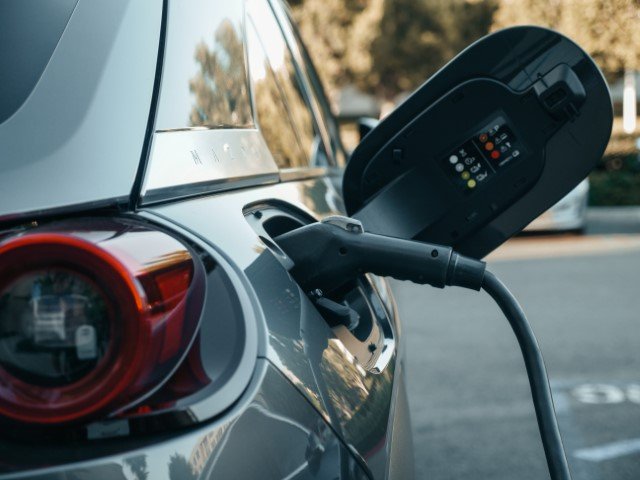Future of Battery technology - is it Solid?

How would it sound, if electric cars with current size battery packs could double the operating range, resulting 900-1000 kilometres range? Or, reducing the battery pack weight by 250 kilograms, but preserving the original electrical capacity? That would have a great effect on the vehicle economy - bearing in mind, that total weight reduction would actually be much bigger, since the suspension does not have to be that rigid, wheels could be lighter etc. And how about this one: no more highly flammable solvents inside battery packs. And there is even more: ability to charge to 80% in just fifteen minutes.
Well that's a lot to discuss, and only time will tell, whether all these promises get fulfilled.
We all could witness the advent of new solid-state battery (SSB) technology in just couple of years - in electric cars. San Jose -based company QuantumScape (NYSE: QS) is targeting to supply first automotive battery modules to Volkswagen. Naturally the solid-state battery technology has been under development for several years - or actually decades. Lots of things have happened since Michael Faraday laid foundation to the solid-state ionics between 1831-1834.
Naturally QuantumScape isn't alone in this field. Looking at the companies filing patents in solid-state battery area, one can see the flood of car makers doing research: Toyota, Hyundai, Mitsubishi, Honda, Kia... but the total absence of Tesla is quite interesting. Other electrical device manufacturers are also investing in the solid-state battery technology. Again looking at the patent filings, several technology companies get highlighted: Samsung, Apple and Google for example.
Further analysis of the filed patents reveal some possible focus areas for the companies: For example, QuantumScape is investing in the layers and stacking technology, in order to scale up the SSB production for automotive purposes. Apple, for instance, is investing in development of thin-film SSB's and assemblies. One could easily assume that small, thin-film form factor batteries could be very usable in portable devices.





